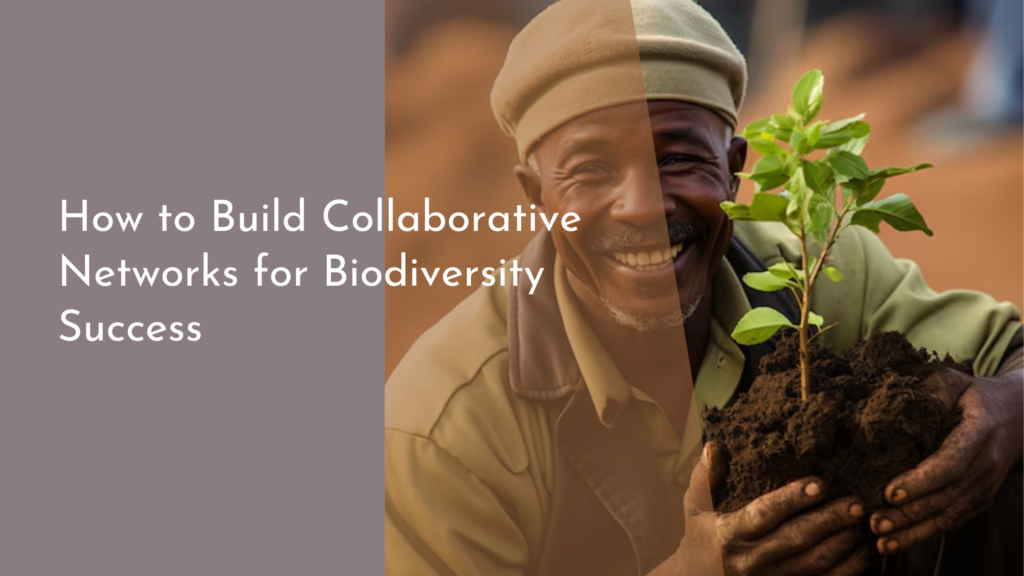Sustainable methods for balancing wildlife with agricultural needs
In an age where agricultural expansion often comes at the cost of wildlife habitats, the call for sustainable methods is more vital than ever. As human populations grow and the demand for food increases, it is essential to find a harmonious balance that allows farmers to thrive while preserving the delicate ecosystems that support diverse species. By implementing sustainable agricultural practices, we can nurture both crops and wildlife, creating a future where both can flourish.
The challenge lies in recognizing that agriculture and wildlife are not adversaries but rather two components of the same environmental puzzle. By embracing nature and prioritizing environmental stewardship, we can create agricultural systems that are resilient, productive, and friendly to the ecosystems on which they depend. This not only benefits farmers but also plays a crucial role in maintaining biodiversity, enhancing soil health, and mitigating climate change impacts.
Embracing Nature: The Need for Balance in Agriculture
The increasing pressure on land for agricultural production has led to significant habitat loss and the decline of wildlife populations. This is particularly concerning, as healthy ecosystems are essential for crop pollination, pest control, and nutrient cycling—all critical factors for sustainable farming. To combat these challenges, it is essential to embrace the idea that agriculture and wildlife can coexist harmoniously. Sustainable practices can help farmers optimize their land use while supporting the rich biodiversity that underpins healthy ecosystems.
To achieve this balance, farmers must be encouraged to adopt a more holistic view of their operations. This includes understanding their role within larger ecological systems and recognizing that their practices have far-reaching impacts on local wildlife. By committing to sustainable methods, such as crop rotation and reduced pesticide use, farmers can help protect the habitats of native species while still meeting agricultural demands.
Sustainable Practices: Nurturing Wildlife and Crops Together
Sustainable farming practices are the cornerstone of maintaining a healthy balance between agriculture and wildlife. Techniques such as agroforestry, cover cropping, and organic farming not only enhance soil health and water retention but also create more hospitable environments for wildlife. For instance, planting hedgerows and buffer strips can provide shelter and food for birds and beneficial insects, while simultaneously reducing soil erosion and water runoff. These practices help to create a vibrant agricultural landscape that supports both farming and wildlife.
Furthermore, integrating livestock into crop production systems can yield positive outcomes for both farmers and wildlife. By utilizing managed grazing practices, farmers can enhance soil fertility and promote biodiversity, all while providing a natural habitat for various species. This symbiotic relationship fosters an environment where crops can thrive alongside wild plants and animals, ultimately leading to more resilient agricultural systems that can withstand climate variability and other environmental pressures.
Innovative Techniques: Merging Farming with Conservation
The integration of technology and innovative methods can significantly enhance the synergy between farming and conservation efforts. For example, precision agriculture utilizes advanced data analytics and GPS technology to optimize crop yields while minimizing environmental impacts. By using targeted applications of water, fertilizers, and pesticides, farmers can reduce waste and protect local ecosystems. This approach not only benefits the farm’s bottom line but also reduces the risk of chemical runoff harming nearby habitats.
Additionally, conservation easements and land trust agreements provide farmers with the financial support and resources needed to maintain wildlife-friendly practices. By offering incentives for landowners to preserve natural habitats and implement sustainable techniques, these programs encourage a long-term commitment to environmental stewardship. This collaborative approach can help ensure that agriculture remains a viable enterprise while allowing ecosystems to thrive for generations to come.
Success Stories: Thriving Farms and Flourishing Ecosystems
Around the world, there are inspiring examples of farms that have successfully integrated wildlife conservation into their agricultural practices. One notable case is a vineyard in California that has restored natural habitats by planting native flora and creating wetland areas. This initiative not only revitalizes the local ecosystem but also attracts beneficial insects that help with pest control, resulting in healthier grape production. The vineyard has become a model for others seeking to merge agriculture with environmental stewardship.
Another success story comes from a family farm in the Midwest that implemented rotational grazing and cover cropping techniques. As a result, their farm saw an increase in soil health, which led to improved crop yields and a resurgence of local wildlife. By prioritizing sustainable methods, the family was able to create a thriving farm that not only provides food for communities but also contributes to the overall health of the landscape. Such stories exemplify the potential for sustainable agriculture to create a win-win situation for farmers and wildlife alike.
The journey towards sustainable agriculture requires commitment, creativity, and collaboration among farmers, conservationists, and local communities. By embracing practices that nurture both crops and wildlife, we can cultivate a vibrant agricultural landscape that supports food production while protecting the rich tapestry of life that exists around us. As we learn from successful examples and innovate our approaches, the vision of a balanced coexistence between agriculture and wildlife becomes increasingly attainable. Together, we can sow the seeds for a sustainable future that celebrates the beauty of nature and the bounty of the land.



